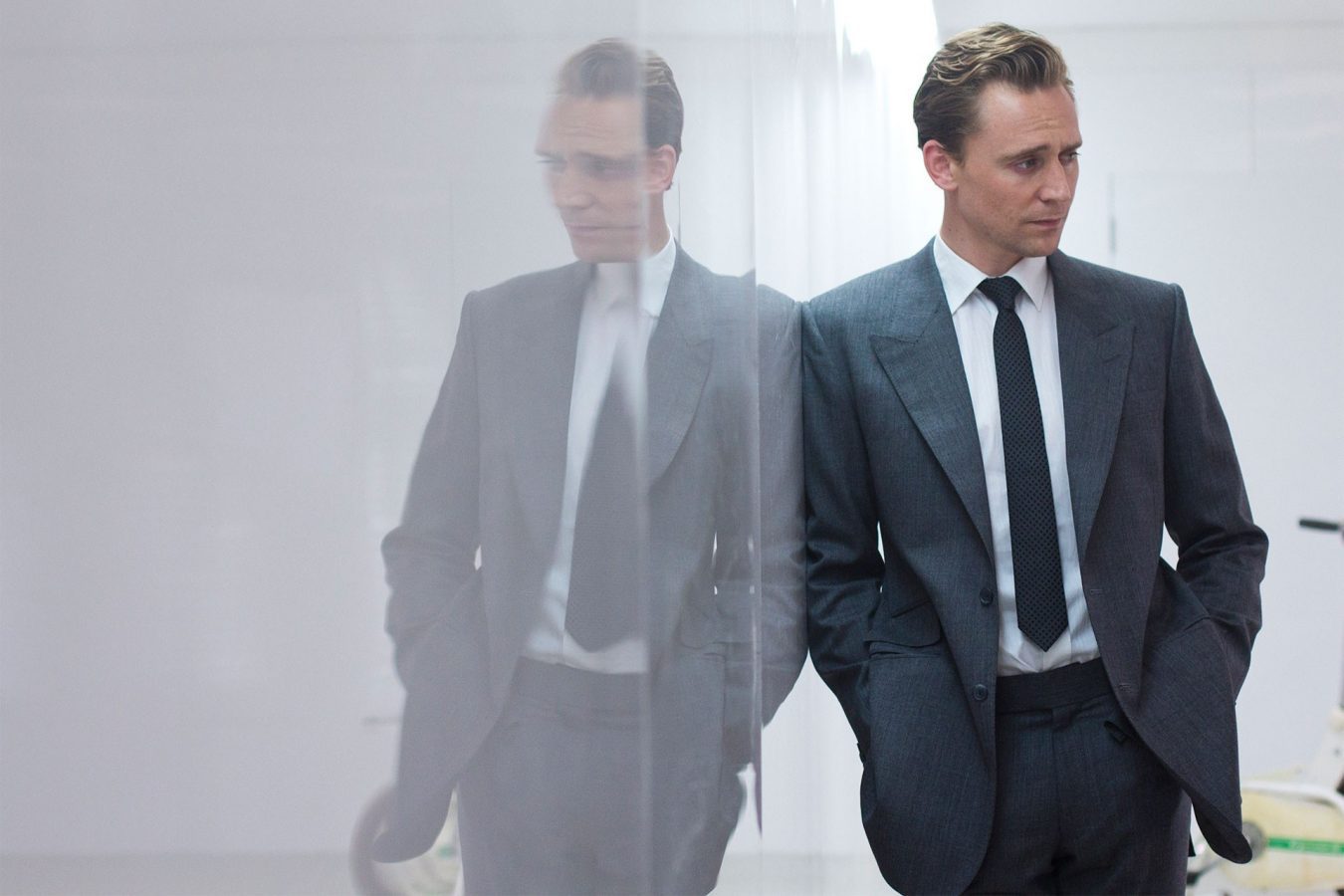There is an exciting lot of new genre filmmakers bubbling in the independent world. Englishman Ben Wheatley may be one of the most impressive, building a near-flawless little filmography in the past half decade of movies that shake up characteristics of horror, crime, comedy and drama into a nasty, but highly original little brew of the dark comedic thriller. Adapted from J.G. Ballard’s 1975 novel, “High-Rise” finds him at his best with a very exciting team, and the film itself is perhaps is his most fascinating visually, but storywise feels rather monotonous.
“High-Rise” reintroduces a 70s retro-futurist view of suburban England. Moving into “the high-rise” is its newest resident, physiologist Dr. Robert Laing (Tom Hiddleston). Very quickly, he becomes caught in the middle of the building’s rigid system of class division and the differences between the higher floors and lower floors (the size of their parties, the quality of their utilities, etc.). He acts as a quiet friend and ally to residents throughout the tower. There is the gorgeous, mysterious Charlotte Melville (Sienna Miller) and her young son who live a floor above him, the pregnant Helen (Elisabeth Moss) and her erratic husband Wilder (Luke Evans) – whose knack for causing a ruckus leads to the eventual downfall (not literal) of the tower – live several floors below, and then on the tip-top is The Architect (Jeremy Irons), who has designed the building for social change.
On paper, this class system seems easy enough to understand. However, Wheatley’s direction and script – co-written by his collaborator Amy Jump – do little to really make the differences apparent beyond the fact that residents live on different floors. Henceforth, the entirety of the takedown of the society feels terribly baffling and unexciting. While the themes of class struggle are particularly relevant in our current day and age (see 2013’s “Snowpiercer” for an equally bonkers film, but a superior story), “High-Rise” finds Jump and Wheatley much fonder of style over any substance, adding a full kettle of surrealist cinema to a single cup of political allegory.
But, to shrug it off as an exercise in socioeconomic absurdism is not a worthy excuse, there is, if only, an escalating sense of surrealist anarchy and chaos that arises from the vague grievances of the tower’s residents and continuing power outages. Somewhere in the middle of the panic is the cool and collected Dr. Laing, somehow the story’s connective tissue, but there is very little else to connect the intersecting story elements except his presence, which diminishes to a supporting role as the film trods onward. The ensuing orgy of continuous sex and violence that occurs in the lengthy final act feels frustratingly inconsequential as well.
The actors do their best, though. In fact, there is no bad performances in the lot; they do the absolute best they can with what they are given. Laurie Rose’s cinematography is another specific highlight; production designer Mark Tildesley’s rich color palette and sense of composition may very well be the elements that hold your attention for two otherwise dull hours. Composer Clint Mansell is in top form as well with his orchestrations working close in tandem with a fantastic, diverse 70s soundtrack. It was exciting to see a wildly exciting young filmmaker as Wheatley make the leap to something as big a “High-Rise”, but he might be best sticking to his own material from now on. It is quite unfortunate, though, that such wonderful and unique aesthetics lead to such a monotonous motion picture.
“High-Rise” is rated R for violence, disturbing images, strong sexual content/graphic nudity, language and some drug use. Now Playing.
Jasper Bernbaum
Jasper is a contributing writer for Cinemacy. He combines his love of music with his visual eye into a passion for live photography. He holds a BFA in Film Production from Chapman University and is an avid filmmaker, watcher, and all around cultural adventurer.


